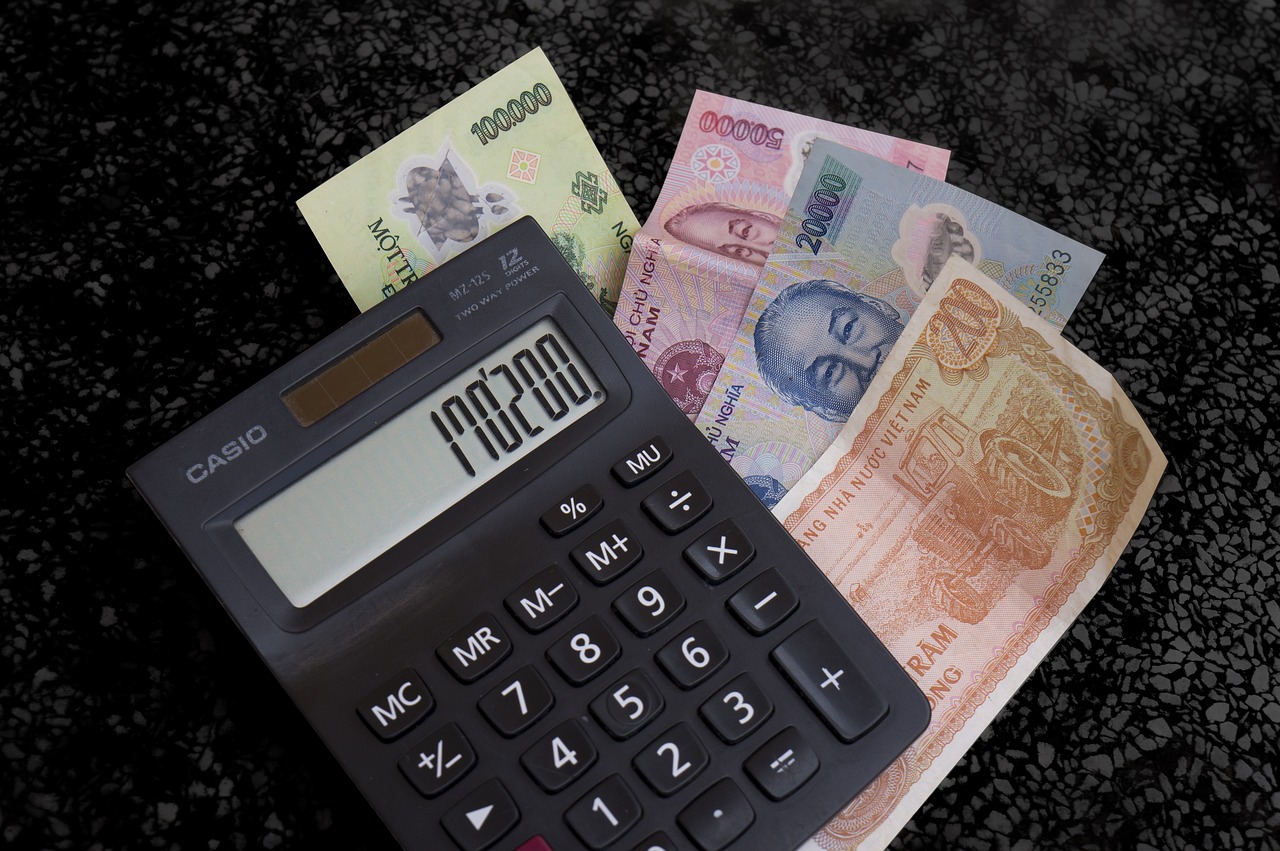Transferring Money from Credit Card to Checking Account: Fees, Interest, and Credit Impact
GPT_Global - 2025-09-13 23:30:50.0 18
Can I transfer money from a credit card to a checking account if I have a balance on my card?
Many people wonder, “Can I transfer money from a credit card to a checking account if I already have a balance on my card?” The short answer is yes, but it comes with important conditions. Credit card companies usually allow transfers to a checking account through cash advances, balance transfers, or third-party apps. However, fees and higher interest rates often apply, making it crucial to understand the costs before proceeding.
If you’re managing remittances or sending money abroad, transferring funds from a credit card to your checking account may provide short-term flexibility. This option can help you cover urgent payments or international transfers when your account balance is low. But it’s important to remember that using your credit card this way could increase debt if not repaid quickly.
For safer and more affordable remittance solutions, many users prefer specialized money transfer services. These platforms often offer lower fees, better exchange rates, and faster delivery times compared to relying on credit card transfers. While transferring money from a credit card is possible even with an existing balance, weighing the costs against dedicated remittance services can help you make smarter financial decisions.

How do I calculate the fees and interest when transferring money from a credit card to a checking account?
When transferring money from a credit card to a checking account, understanding the fees and interest involved is crucial. Many financial institutions classify this as a cash advance, which usually comes with higher costs than a standard purchase. Knowing these charges helps you avoid unexpected expenses when managing remittances or personal transfers.
First, check your credit card’s cash advance fee. This fee is often a percentage of the total amount transferred, commonly ranging from 3% to 5%. For example, transferring $1,000 could cost between $30 and $50 immediately. Some issuers also set a minimum fee, so even small transfers may still carry a noticeable charge.
Second, consider the interest rate. Unlike regular purchases, cash advances typically start accruing interest right away—without a grace period. Rates are usually higher, sometimes exceeding 20% annually. This means that unless the balance is paid quickly, the total repayment amount can grow rapidly, affecting your budget and financial planning.
To minimize costs, calculate both the upfront fee and the ongoing interest before transferring. Using a calculator or consulting your bank can help you see the true cost. For international remittance businesses, offering clear guidance on these charges can build customer trust and encourage smarter financial decisions.
How do credit card cash advances compare to transferring money to a checking account?
Here’s a compact SEO article tailored to your request: When considering quick access to funds, many people compare credit card cash advances with transferring money to a checking account. Both methods provide fast liquidity, but they work differently and carry unique costs. For individuals who send money abroad or manage remittances, understanding these differences can help save money and avoid unnecessary fees. A credit card cash advance allows you to withdraw cash directly from an ATM or bank using your credit card. While convenient, this option often comes with high interest rates, additional fees, and no grace period. That means interest starts accruing immediately, making it an expensive way to get cash for remittances or emergency transfers. On the other hand, transferring money to a checking account—whether through online banking or a remittance service—can be more affordable and secure. Many remittance providers offer competitive transfer rates, low fees, and even promotional offers. Funds can be delivered quickly to your account, ready for sending to family or paying bills, without the heavy costs of a cash advance. For remittance needs, transferring money to a checking account generally offers better value and reliability compared to credit card cash advances. Choosing the right option ensures more of your money reaches loved ones overseas.Can I transfer money from a credit card to my checking account using a mobile app?
Here’s a draft of your SEO article: ---Many people wonder, “Can I transfer money from a credit card to my checking account using a mobile app?” The answer depends on the features of your bank and credit card provider. Some mobile apps allow you to perform a cash advance directly from your credit card to your checking account. However, it’s important to know the costs involved, as cash advances usually come with higher fees and interest rates compared to regular purchases.
For those in the remittance business, mobile apps provide an easy way to access funds when sending money abroad. By transferring money from your credit card to your checking account, you can ensure that the funds are available for instant transfers. This flexibility is especially useful for urgent remittances or when your checking account balance is low.
Before making the transfer, check your provider’s policies, fees, and limits. Some financial institutions may offer promotional rates or integrated remittance services within their apps, making the process faster and more affordable. Always compare the costs with other options, such as direct credit card payments, to choose the most efficient method for your needs.
Are credit card checks a good option for transferring funds to a checking account?
Credit card checks are a convenient option for transferring funds to a checking account, but they come with certain drawbacks. For remittance businesses, understanding the pros and cons of using credit card checks is essential for guiding customers to make informed decisions.
Credit card checks work by allowing users to transfer funds from their credit card to a checking account. While this process may seem easy, it often comes with high fees and interest rates. Many remittance businesses advise against using credit card checks as a regular method due to these costs.
Additionally, credit card checks often have a cash advance fee, and the interest on the transferred funds starts accruing immediately. This can make them an expensive choice in the long run. Moreover, there may be limits on how much money can be transferred at once, which could be inconvenient for large remittances.
Overall, while credit card checks may offer a quick transfer option, they are typically not the most cost-effective solution for remittance businesses or customers. Alternatives like direct bank transfers or wire services often provide better value without the hidden costs associated with credit card checks.
Will transferring money from my credit card to my checking account impact my credit utilization ratio?
Here’s a concise SEO article tailored for the remittance business: When it comes to managing finances, many people wonder whether transferring money from a credit card to a checking account affects their credit utilization ratio. Credit utilization refers to how much of your available credit you are using compared to your total credit limit. This ratio is an important factor in calculating your credit score, and lenders use it to assess your financial responsibility. If you transfer funds from your credit card to your checking account, the transaction is essentially treated as a cash advance. This increases the balance on your credit card, which directly raises your credit utilization ratio. A higher utilization ratio can negatively impact your credit score if you carry the balance without paying it down quickly. It’s always best to keep your utilization under 30% of your total credit limit to maintain healthy credit. For individuals engaged in remittances, especially those sending money abroad, it’s crucial to consider how such transactions affect overall financial health. Instead of relying heavily on credit card transfers, exploring reliable remittance services may be a smarter choice. Professional providers can help you send money internationally without the added strain of high interest rates or negative credit score impacts.How do I request a credit card transfer to a checking account from my issuer?
Requesting a credit card transfer to a checking account can be a convenient option if you need quick access to funds. This type of transfer is commonly used for paying off bills or managing financial needs. However, it's essential to understand the process and any associated fees before making such a request.
To initiate a credit card transfer, start by contacting your credit card issuer. You can typically do this via phone, online banking, or customer service chat. Be sure to ask about the transfer limits, any fees involved, and the time frame for the transaction to complete. Some issuers may offer balance transfer checks that you can deposit into your checking account.
Once the transfer request is made, it may take a few business days for the funds to appear in your account. It's also important to confirm whether the transfer will be considered a cash advance, as this may incur higher interest rates or additional fees. Always review the terms and conditions before proceeding to ensure you're making the most cost-effective choice for your financial needs.
What’s the difference between a cash advance and a credit card transfer to a checking account?
When managing finances, many people wonder about the difference between a cash advance and a credit card transfer to a checking account. Both options may provide quick access to funds, but they work differently and have unique implications, especially for those using remittance services to send money abroad.
A cash advance allows you to withdraw money directly from your credit card, either at an ATM or a bank. However, this comes with high fees, immediate interest charges, and often a higher interest rate compared to regular credit card purchases. For individuals who rely on remittances, this option may quickly increase debt and reduce the actual amount available for transfers.
On the other hand, a credit card transfer to a checking account involves moving funds from your card into your bank account. While fees may still apply, this method is often more manageable than a cash advance because it can sometimes be treated as a balance transfer with lower rates. Once in your checking account, the funds can be used to process international remittances efficiently, ensuring your loved ones receive the full benefit of your support.
For anyone considering these options, understanding the differences helps you choose the most cost-effective method while maximizing the money available for remittances.
About Panda Remit
Panda Remit is committed to providing global users with more convenient, safe, reliable, and affordable online cross-border remittance services。
International remittance services from more than 30 countries/regions around the world are now available: including Japan, Hong Kong, Europe, the United States, Australia, and other markets, and are recognized and trusted by millions of users around the world.
Visit Panda Remit Official Website or Download PandaRemit App, to learn more about remittance info.



